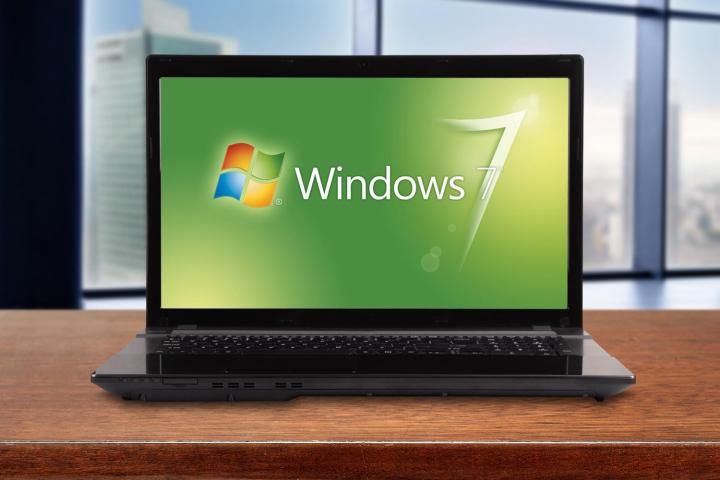
In fact, Windows 7 is so popular that it accounts for 55.99% of all desktop operating systems — more than Windows XP, Windows 8 and Windows 8.1 combined. For years, Windows XP was the go-to choice for offices and schools, but that position has now been usurped by Windows 7.
It’s clear that a large proportion of Windows users are happier staying with the environment that they know, rather than updating to the latest version of the OS to enjoy the new features that come along with it. That can make it difficult for Microsoft to support its entire user base, given that they’re spread across drastically different versions of Windows.
Related: Check out our Windows XP end-of-support survival guide
Microsoft will be making Windows 10 a free upgrade, at least or a period of time, in the hopes that this will encourage PC users to bring their machines up to date. A larger userbase for Windows 10 means a larger potential audience for services like Cortana and the increased congruency between Windows Phone and Windows PCs, something that Microsoft will clearly be keen to pursue.
That said, it remains to be seen how quickly Windows 10 will catch on with the mainstream, even if it does turn out to be a free upgrade. While price is a factor to many users considering an upgrade, there are also considerations of compatibility and interface, particularly in a working environment. There are plenty of people out there who are simply used to Windows 7, and they’ll be the hardest to convince that an upgrade to Windows 10 is worth the sudden change.
Editors' Recommendations
- Scores of people are downgrading back to Windows 10
- The next big Windows 11 update has a new hardware requirement
- Windows 11 tips and tricks: 8 hidden settings you need to try
- Microsoft may fix the most frustrating thing about Windows updates
- 7 beloved Windows apps that Microsoft has killed over the years


